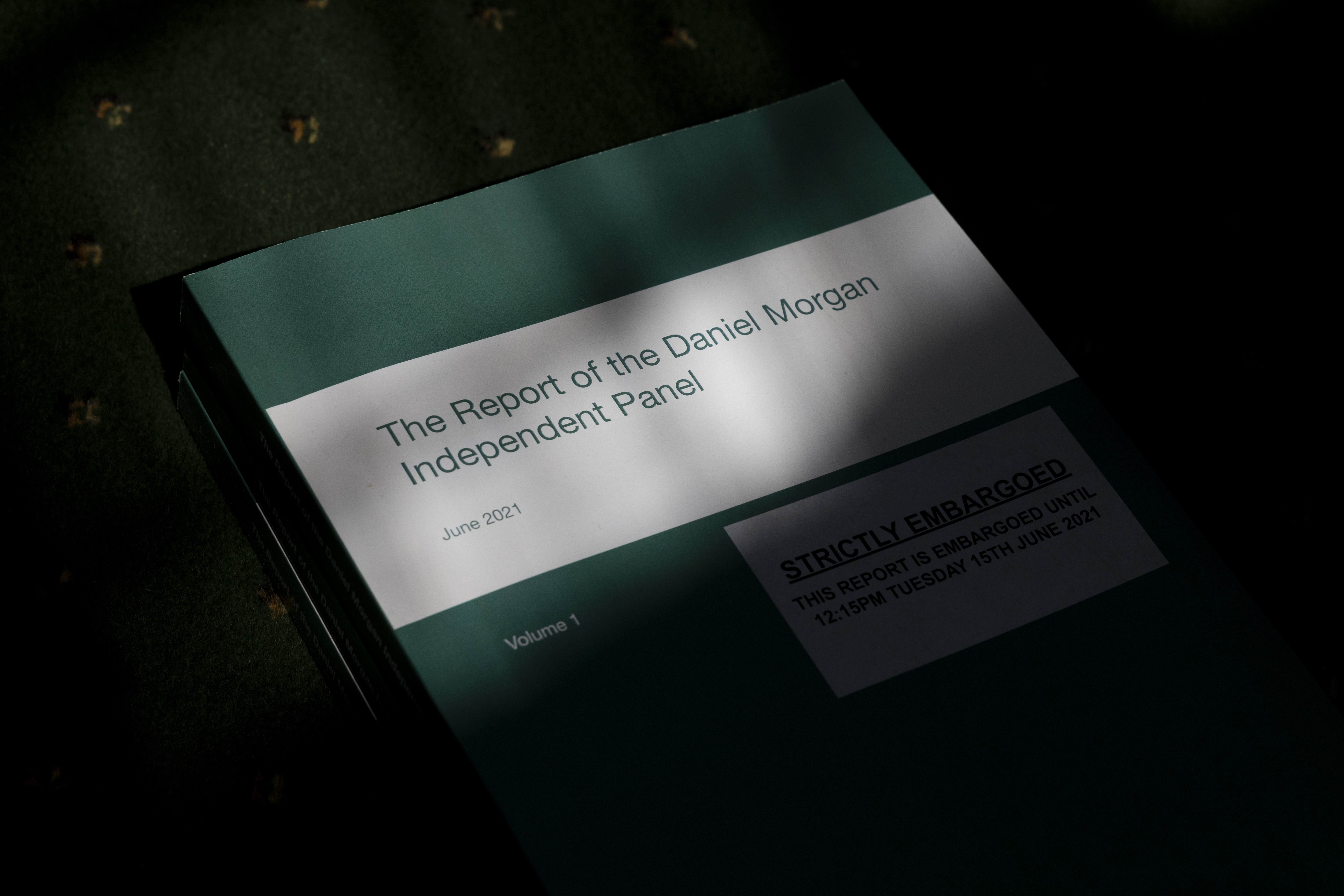Sign up for the daily CJR newsletter.
Britain’s ruthless tabloid newspapers often make headlines themselves. The phone hacking scandal of 2011, which centered on Rupert Murdoch’s Sunday News of the World newspaper, accused tabloid reporters of spying on actors, royals, politicians, and even a murdered schoolgirl and victims of a London terror attack. Prince Harry and other celebrity claimants are currently pushing other cases alleging tabloid overreach and nefarious reporting tactics, with a court on Friday awarding them damages for illegal information gathering by the Mirror.
Both have sparked a debate in Britain—are the tabloids crossing the occasional line in service of the good, or are they endemically corrupt? Are they, to quote one left-wing British politician, operating “out of casual malice, for money, for spite, for sport”?
Recently, another case—one of Britain’s longest-standing unsolved murders—has shed new light on what former British prime minister Gordon Brown called the “criminal-media nexus,” in this case the point at which the police, private detectives with close links to the police, and the tabloid press meet.
On March 10, 1987, Daniel Morgan, thirty-seven, was found dead, with an ax in his head, in the parking lot of the Golden Lion pub in South London. He was a private detective who had spoken to friends of blowing the whistle on institutional corruption in the Metropolitan Police, Britain’s most powerful police force.
When he was killed, Morgan was working for a firm called Southern Investigations, which he cofounded with his business partner Jonathan Rees. Rees had connections to local law enforcement and was friends with detective sergeant Sid Fillery, a local police officer. Fillery had been moonlighting unofficially for the firm, according to documents unearthed in the first investigation. After Morgan was murdered, Fillery was assigned to the investigation team, according to Met documents, and he even took Rees’s statement and searched Southern Investigations’ premises himself, internal records show.
But a few weeks later, Fillery and Rees—along with Rees’s brothers-in-law and two police officers—were arrested on suspicion of murder. Rees, it was alleged at an inquest in 1988, had told a company bookkeeper he planned to have Morgan murdered so Fillery could leave the police to join as Rees’s new partner.
They maintained their innocence, and suggested Morgan’s death was a mugging gone bad. Fillery did become Rees’s partner in 1989. Rees was arrested again in a second investigation, by Hampshire police in that year, and charged with murder, but the case was later dropped. In 2009, Rees and Fillery faced proceedings for murder. But the case collapsed. We still do not know exactly what happened to Morgan, or whose hands wielded the ax.
And there are allegations that such obfuscation may have been deliberate. In 2021, an independent panel, ordered by Britain’s home secretary, concluded that police corruption had hampered the probe into Morgan’s murder from the very beginning. And it went right to the top of the tree. The panel said the then–police commissioner, Cressida Dick, had helped muddy the inquiry, refusing investigators access to police files without “any reasonable explanation.” The haze of the blue wall—the internal code that binds police officers in secrecy to protect their organization—had descended over Morgan’s killing, the panel suggested: “The Metropolitan Police placed its concern for its own reputation above the public interest.”
The panel also implicated the media in an “illicit trade in information.” One of Southern Investigations’ (later Law & Commercial’s) main income streams was selling stories to tabloid newspapers. During the murder’s fourth investigation, led by detective chief superintendent David Cook, Cook was surveilled by NOTW journalists, who had connections with suspects Rees and Fillery.
After his arrests, Rees continued to work for Murdoch’s News International. When NOTW unraveled and was shut down, in 2011, it was revealed that Rees had earned £150,000 ($188,000) a year for selling the paper stories.
“The intrusiveness and effectiveness” of British tabloid media dark arts, said Peter Jukes, executive editor of the Byline Times and host of the podcast Untold: The Daniel Morgan Murder, was unparalleled. Though it’s not clear who did what and when, it was a common practice for newsrooms to have a private detective with close links to the police on the payroll. Their services likely included paying the police for information. “No other country has that level and history” of underhanded media tactics on an “industrial scale,” Jukes told me.
As well as publishing embarrassing stories, the papers are suspected of withholding them to barter or curry favor, a practice known as “catch and kill.” This allowed the tabloid press to have one foot in Downing Street and another in the criminal underworld, Jukes alleges—maximizing its power.
This year, after decades of obfuscation from the Met, commissioner Mark Rowley gave the strongest police statement about the case yet. He “unequivocally and unreservedly” apologized for failures to catch Morgan’s killer, and reiterated a dedication to “tackling corruption” in the Metropolitan Police. His words were a vindication for longtime critics—and a condemnation for parts of Britain’s media and the company they kept.
Has America ever needed a media defender more than now? Help us by joining CJR today.







